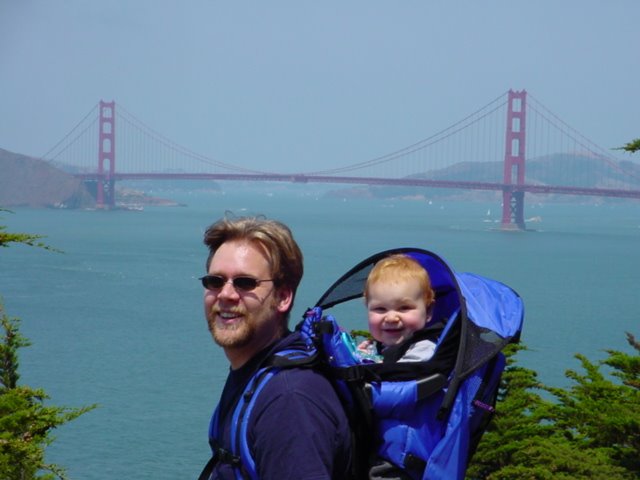Bigger Isn't Better with Backpacks
School kids have turned into schleppers. Whether tall or small, students carry what many (including some back specialists) consider overloaded backpacks - filled to an average of 14 percent of their body weight each day, according to a Texas study.
The North American Spine Society estimates that about half the 40 million students returning to school this fall will be hefting backpacks weighing twice what is recommended. The society's suggested weight limits are 5 to 10 pounds for grade-schoolers and no more than 15 pounds for older students.
Yet it's August, and back-to-school ads are again seductive. In fact, a survey by the mass retailer Staples highlighted the importance kids place on buying for pizzazz rather than practicality: "75 percent said they wanted to be trendy and set styles."
Choosing a backpack offers a dizzying array of decisions to make -- few, if any, based on back health. Will a Disney Princess, Hello Kitty or Dora the Explorer backpack win peer approval or scorn? Will Spider-Man spin out of favor before Thanksgiving? Will whatever's chosen hold what's needed?
Meanwhile, noting small kids - perhaps grandchildren - with shoulders bent under the weight of such packs, puzzled elders may ask why that's necessary when "we carried practically everything needed for school in our pockets." Backpacks, say parents, educators and health professionals, have become standard as different teaching methods, texts and school supplies have arrived and school lockers have disappeared.
A wheeled luggage-style carrier would be preferable, according to Anne Rambo, family therapist and author of "I Know My Child Can Do Better." That mode, though, is apparently a hard sell (i.e., uncool), particularly in middle school and beyond.
School backpacks being here to stay, apparently, what can be done to address back and shoulder stress and neck pain? Here's a summary of the advice offered by Kornblau, Rambo, the Spine Society and a variety of online sources:
- Choose backpacks carefully, being sure they are proportionate to the child's size; the smaller the pack, the less chance it will be overloaded.
- Choose a style with two thickly padded, adjustable straps and a waist strap to provide more lumbar support.
- Load as lightly as possible, with heavy items closest to the wearer's back and smaller compartments filled with items that will help distribute weight evenly; discourage pack-rat tendencies (games, toys and collections are best left at home).
- See that packs are cleaned out frequently to keep weight from soaring as the school year progresses.
- Encourage the use of wheeled packs for larger loads.
- Discourage kids from carrying the pack over one shoulder, which causes leaning to the side; a pack worn too low causes forward leaning, affecting posture.
- Be alert for signs of backpack-associated pain or discomfort, such as a tingling sensation in the hands.
- Ask teachers to help by being specific about what's needed every day in class and what's not.
- Try to convince kids that the ultimate in "cool" is being free from pain as children -- and from cries of "Ouch, my aching back!" as adults.
Norma J. Shattuck, Special to The Chronicle
Note: this is an excerpt of an article by Norma J. Shattuck originally published in The Chronicle and on their website: sfgate.com. I want to thank Ms Arios who shared this article with me; I hope that parents of my students find it as helpful as the parents of her students did.
Labels: parents


0 Comments:
Post a Comment
<< Home